- You cannot add "Baby Bifiform 7 ml oily solution" to the cart because the product is out of stock.
Pompous 1’s 40 mg lyophilized powder for solution for injection
$19.80
Description
The instruction for medical use of Pompezo Torgovoye medicine Pompezo Mezhdunarodnoye’s name the unlicensed name Esomeprazole Dosage Form The Lyophilized Powder for preparation of solution for injections Structure 1 bottle contains active agent: esomeprazole of 40 mg (it is equivalent sodium esomeprazole) excipients: dinatrium edetat, sodium hydroxide the Description the Lyophilized powder of white color. The restored solution. Transparent colourless or light yellow color solution Pharmacotherapeutic group Antiulcerous drugs and drugs for treatment of a gastroesophageal reflux (GORD). Inhibitors of ‘proton pump’. Esomeprazole. ATX A02BC05 code Pharmacological Pharmacokinetics Distribution properties. The seeming distribution volume at an equilibrium state at healthy people is about 0.22 l/kg of body weight. Esomeprazole contacts proteins of plasma for 97%. Metabolism and removal. Esomeprazole is completely metabolized with participation of a system of P450 cytochrome. The general clearance is about 17 l/h after single and about 9 l/h – after repeated use. Elimination half-life makes 1.3 hours after repeated reception of a dose of drug once a day. Esomeprazole is completely removed from blood plasma during the interdose period without tendency to cumulation in an organism at administration of drug of 1 times a day. The main metabolites of esomeprazole do not influence gastric secretion. Esomeprazole metabolism significantly does not change at patients of advanced age (71-80 years). Speed of metabolism decreases at patients with heavy abnormal liver functions that concentration time (AUC) leads to increase in the area under a curve twice. Therefore the maximum dose of drug for such patients should not exceed 20 mg a day. The pharmacodynamics Esomeprazole – S-isomer of omeprazolum which reduces secretion of gastric juice thanks to specifically directed action mechanism is inhibitor of the proton pump of covering cells of a mucous membrane of a stomach. Esomeprazole – the weak basis, it concentrates and passes into an active form in acidic environment of secretory tubules of covering cells where inhibits H+K enzyme +-ATFazu – the proton pump and also oppresses basal and stimulated secretion of acid. At patients with a gastroesophageal reflux disease is (GERD) and existence of clinical symptoms in 5 days of daily oral administration of esomeprazole in a dose of 20 mg or 40 mg the value of intragastric pH is higher 4 was maintained within, on average, 13-17 hours (depending on a dose). The effect is reached equally both at peroral, and at intravenous use. Against the background of intravenous administration to healthy volunteers of 80 mg of esomeprazole within 30 minutes with the subsequent prolonged intravenous infusion of esomeprazole in a dose of 8 mg/h within 23.5 hours the value of gastric pH was higher than 4 within, on average, 21 hour, and higher than 6 – within 11-13 hours. Therapeutic effects of oppression of secretion of acid the Significant clinical effect of esomeprazole in a dose of 40 mg in therapy the reflux – the zzofagit after 4 weeks of treatment is noted at 78% of patients, and after 8 weeks of treatment – at 93%. Use of esomeprazole for one week in a complex with the corresponding antibiotics provides a successful eradikation of Helicobacter pylori approximately in 90% of cases. Patients with an uncomplicated peptic ulcer after a week eradikatsionny course do not need the subsequent monotherapy by the drugs lowering secretion of glands of a stomach for healing of an ulcer and elimination of symptoms. The efficiency of esomeprazole in bleeding from a round ulcer was shown in a research of patients with the bleeding from a round ulcer confirmed endoscopic. Other effects connected with oppression of secretion of acid during performing anti-secretory therapy concentration of gastrin in blood plasma raises as a result of decrease in secretion of acid. Increase in amount of endocrine gistaminprodutsiruyushchy cells (ECL cells) which was noted at some patients at prolonged use of esomeprazole is perhaps caused by increase in level of gastrin in blood plasma. Indications of Pompezo for intravenous administration it is shown for anti-secretory therapy at impossibility of oral administration for treatment of the following states: At adults – GERD at patients with an esophagitis and/or the expressed symptoms of a reflux disease – healing of the round ulcers connected with intake of non-steroidal anti-inflammatory drugs (NPVP) – prevention of the round ulcers connected with reception of NPVP at the patients belonging to risk group – prevention of development of repeated bleeding in patients after endoscopic treatment of acute bleeding of stomach ulcer or a duodenum At children at the age of 1-18 years: – GERD at patients with an esophagitis and/or the expressed symptoms of a reflux disease the Route of administration and doses appoint Drug parenterally in a dose of 20-40 mg of 1 times a day. To patients about a reflux esophagitis – in a dose of 40 mg of 1 times a day. For treatment of symptoms of GERD – in a dose of 20 mg of 1 times a day. For healing and prevention of the round ulcers connected with reception of NPVP – in a dose of 20 mg of 1 times a day. As a rule, the treatment period an intravenous form of introduction is short, the patient should be transferred to oral administration of drug as soon as possible. For prevention of a recurrence of bleeding After endoscopic treatment of acute bleeding of stomach ulcer or a duodenum the dose of drug makes 80 mg which is entered in the form of bolyusny infusion within 30 minutes of a round ulcer then carry out long intravenous infusion in a dose of 8 mg/h within 3 days (72 hours). Injections Dose of 40 mg: 5 ml of the prepared esomeprazole solution (8 mg/ml) are entered intravenously within not less than 3 minutes. Dose of 20 mg: 2.5 ml of the prepared esomeprazole solution (8 mg/ml) are entered intravenously within not less than 3 minutes. Unused residues of solution have to be utilized. Infusions Dose of 40 mg: the prepared solution of esomeprazole is entered in the form of intravenous infusion within 10-30 minutes. Dose of 20 mg: a half of the prepared solution of esomeprazole is entered in the form of intravenous infusion within 10-30 minutes. Unused residues of solution have to be utilized. Dose of 80 mg: the prepared solution of esomeprazole is entered in the form of intravenous infusion within 30 minutes. Dose of 8 mg/h: the prepared solution of esomeprazole is entered in the form of the prolonged intravenous infusion within 71.5 hours (8 mg/h). Conditions and a period of storage of the prepared solution see. Solution preparation. Renal failure: dose adjustment of the drug Pompezo with a renal failure is not required from patients. Due to the limited experience of use of drug for patients with a heavy renal failure, it is necessary to be careful at treatment of such patients. Abnormal liver function: GERD: dose adjustment of the drug Pompezo with an abnormal liver function easy and moderate severity is not required from patients. At patients with a heavy abnormal liver function the maximum daily dose makes 20 mg. Bleeding from a round ulcer: dose adjustment of the drug Pompezo with an abnormal liver function easy and moderate severity is not required from patients. At patients with a heavy abnormal liver function the following mode of administration of the drug Pompezo is recommended: 80 mg in the form of intravenous infusion within 30 minutes with the subsequent prolonged intravenous infusion in the maximum dose of 4 mg/h within 71.5 hours. Patients of advanced age: dose adjustment of the drug Pompezo is not required from patients of advanced age. Children and teenagers at the age of 1-18 years: Age group Treatment of an esophagitis and/or expressed symptoms of a reflux disease Treatment of GERD of 1-11 years Body weight & lt, 20 kg: 10 mg once a day Body weight ≥ 20 kg: 10 or 20 mg once a day 10 mg once a day 12-18 years of 40 mg once a day 20 mg once a day Injections Dose of 40 mg: 5 ml of the prepared esomeprazole solution (8 mg/ml) are entered intravenously within not less than 3 minutes. Dose of 20 mg: 2.5 ml of the prepared esomeprazole solution (8 mg/ml) are entered intravenously within not less than 3 minutes. Unused residues of solution have to be utilized. Dose of 10 mg: 1.25 ml of the prepared esomeprazole solution (8 mg/ml) are entered intravenously within not less than 3 minutes. Unused residues of solution have to be utilized. Infusions Dose of 40 mg: the prepared solution of esomeprazole is entered in the form of intravenous infusion within 10-30 minutes. Dose of 20 mg: a half of the prepared solution of esomeprazole is entered in the form of intravenous infusion within 10-30 minutes. Unused residues of solution have to be utilized. Dose of 10 mg: a quarter of the prepared solution of esomeprazole is entered in the form of intravenous infusion within 10-30 minutes. Unused residues of solution have to be utilized. Solution preparation Degradation of the prepared solution mainly depends on PH value in this connection for dissolution of drug only 0.9% chloride sodium solution for intravenous administration has to be used. The prepared solution should not mix up or be entered together with other medicines. Before use solution should be estimated visually regarding lack of visible mechanical impurity and discoloration. Only transparent solution can be used. The prepared solution is recommended to be entered right after preparation (from the microbiological point of view). The prepared solution should be used within 12 hours. To store at a temperature not above 25 °C. When assigning 20 mg of esomeprazole a half of the prepared solution is entered. Unused residues of solution have to be utilized. The injection of 40 mg Solution for injections (8 mg/ml) is preparing by addition of 5 ml of 0.9% of solution of sodium of chloride for intravenous administration in a bottle from 40 mg of esomeprazole. Infusion of 40 mg Infusion solution is preparing by dissolution of contents of one bottle from 40 mg of esomeprazole in 100 ml of 0.9% of solution of sodium of chloride for intravenous administration. Infusion of 80 mg Infusion solution is preparing by dissolution of contents of two bottles from 40 mg of esomeprazole in 100 ml of 0.9% of solution of sodium of chloride for intravenous administration. Divorced solution of esomeprazole represents transparent colourless or light yellow solution. Side effects Often (& gt, 1/100, & lt, 1/10) – a headache – nausea, an abdominal pain, diarrhea, a meteorism, vomiting, a constipation Less often (& gt, 1/1000, & lt, 1/100) – dermatitis, an itching, urticaria, rash – dizziness – dryness in a mouth – insomnia, paresthesia, drowsiness – increase in activity of hepatic enzymes – peripheral swell – illegibility of sight Seldom (& gt, 1/10000, & lt, 1/1000) – a leukopenia, thrombocytopenia – allergic reactions: fever, a Quincke’s disease, anaphylactic reaction / an acute anaphylaxis – excitement, a depression, an indisposition, confusion – disturbance of taste – a hyponatremia – a bronchospasm – stomatitis and gastrointestinal candidiasis – hepatitis with (or without) jaundice – a photosensitization, an alopecia – arthralgias, myalgias – perspiration Very seldom (& lt, 1/10000) – an agranulocytosis, a pancytopenia – hallucinations (mainly at the weakened patients), agressive behavior – a liver failure, encephalopathy at patients with liver diseases – a multiformny exudative erythema – Stephens-Johnson’s syndrome – a toxic epidermal necrolysis – muscle weakness – interstitial nephrite – a gynecomastia – a gipomagneziyemiya, a heavy gipomagneziyemiya can lead to a hypocalcemia – microscopic colitis Was reported about separate cases of an irreversible disorder of vision at intravenous administration of omeprazolum to patients in critical condition, especially at introduction of high doses, a causal relationship is not established with administration of drug. Contraindications – the known hypersensitivity to esomeprazole, the substituted benzimidazoles or other ingredients of drug – children’s and teenage age up to 18 years (due to the lack of data on safety and efficiency) – combined use with nelfinaviry – the lactation period Decrease in acidity of gastric juice against the background of treatment by esomeprazole can lead Medicinal interactions to change of absorption of drugs which absorption depends on acidity of the environment. Esomeprazole as the antacids and other drugs reducing secretion of acid in a stomach can lead to decrease in absorption of a ketokonazol and itrakonazol. Joint intake of omeprazolum in a dose of 20 mg and digoxin increases once a day bioavailability of digoxin by 10% (the bioavailability of digoxin increased by 30% at 20% of patients). Esomeprazole inhibits CYP2C19 – the main enzyme participating in his metabolism. Respectively, combined use of esomeprazole with other drugs in which metabolism CYP2C19 takes part (for example, diazepam, to tsitalopra, Imipraminum, klomipramin, Phenytoinum) can lead to increase in concentration of these drugs in plasma that in turn will result in need of a dose decline. This phenomenon is especially expressed when using Pompezo’s in the therapy mode as necessary. The minimum concentration of Phenytoinum in plasma of patients with epilepsy increased by 13% at its combination to esomeprazole in a dose of 40 mg. In this regard it is recommended to control concentration of Phenytoinum in plasma in an initiation of treatment esomeprazole and at its cancellation. Joint intake of warfarin with esomeprazole in a dose of 40 mg does not lead to change of time of coagulation at patients, is long accepting warfarin. Observation of patients at the beginning is recommended and upon termination of combined use of these drugs. Joint reception of a tsizaprid with esomeprazole in a dose of 40 mg leads to increase in values of pharmacokinetic parameters of a tsizaprid: AUC – for 32% and elimination half-life – for 31%, however concentration of a tsizaprid in plasma at the same time considerably did not change. Insignificant lengthening of an interval of QT which was observed at monotherapy tsizapridy at Pompezo’s addition did not increase. Pompezo does not cause clinically significant changes of pharmacokinetics of amoxicillin and quinidine. Researches on assessment of combined use of esomeprazole and Naproxenum did not reveal clinically significant pharmacokinetic interaction. CYP2C19 and CYP3A4 take part in metabolism of esomeprazole. Combined use of esomeprazole with klaritromitsiny (500 mg two times a day) which inhibits CYP3A4, leads to increase in exposure of AUC esomeprazole twice. Combined use of esomeprazole and the combined CYP3A4 and CYP2C19 inhibitor, for example, the vorikonazola, can lead to more than 2-fold increase in AUC value for esomeprazole. In such cases the esomeprazole dose adjustment is not required. The medicines inducing isoenzymes of CYP2C19 and CYP3A4, such as rifampicin and drugs of the St. John’s wort which is made a hole at combined use with esomeprazole can lead to decrease in concentration of esomeprazole in blood plasma due to esomeprazole metabolism acceleration. The special instructions Drug it is used only for intravenous administration. Not to enter any different ways. It is possible to store a bottle without cardboard box at room lighting no more than 24 hours. With care it is necessary to appoint drug in a renal failure of heavy degree (experience of use is limited). In the presence of any disturbing symptoms, including considerable spontaneous loss of body weight, repeated vomiting, a dysphagy, vomiting with impurity of blood or a melena and also in the presence of stomach ulcer or at suspicion of stomach ulcer, it is necessary to exclude existence of a malignant new growth as Pompezo’s treatment can lead to smoothing of symptomatology and delay diagnosis. Esomeprazole, as well as all drugs reducing acidity, reduces absorption of B12 vitamin (cyanocobalamine) owing to hypo – and achlorhydrias. The patients taking the drug during the long period, especially over a year have to be under regular observation of the doctor. At Pompezo’s appointment for an eradikation of Helicobacter pylori the possibility of medicinal interaction for all components of triple therapy has to be considered. Klaritromitsin is powerful CYP3A4 inhibitor therefore when assigning eradikatsionny therapy to the patients receiving other drugs which are metabolized with participation
of CYP A4 (for example, tsizaprid), it is necessary to consider possible contraindications and interactions of a klaritromitsin with these medicines. Pregnancy and the period of a lactation data on use of esomeprazole during pregnancy are limited Now. It is necessary to appoint drug during pregnancy only when the expected advantage for mother exceeds possible risk for a fruit. Features of influence of medicine on ability to run the vehicle or potentially dangerous mechanisms Considering side effects of medicine, it is necessary to be careful when driving or potentially dangerous mechanisms. Overdose Symptoms: strengthening of side effects. Treatment: symptomatic. Specific antidote is unknown. If necessary carry out symptomatic and maintenance therapy. Dialysis is ineffective as esomeprazole contacts proteins of plasma. The form of release and packing place Drug in the glass bottle hermetically corked by a brombutilovy stopper, which is pressed out by an aluminum cap and with a protective cap of flip off. On 1 bottle together with the instruction for medical use in the state and Russian languages put in a pack from cardboard. To Store storage conditions in the place protected from light at a temperature not above 25 °C to Store out of children’s reach! 3 years not to apply a period of storage after an expiration date. Prescription status According to the prescription Producer A.Sh. Mefar Ilach Sanayii, Turkey (Ramazanoglu Makh. Ensar Dzhad. No.: 20, 34906 Kurtkyoy-Pendik / Istanbul) Owner of the registration certificate Doctor of Sertus Ilach Sanayi Ve Tidzharet Limited Shirketi, Turkey Address: 34212 Evren Makhallesi, Dzhami Yolu Dzhaddesi No. 50. Girish Kat. Gyuneshli. Bagdzhylar. Istanbul. Turkey the Name, the address and a contact information (phone, the fax, e-mail) of the organization of the claim (offer) on quality of medicines accepting in the territory of the Republic of Kazakhstan from consumers and responsible for post-registration observation of safety of medicine. TROKA-S PHARMA LLP, Almaty, Suyunbaya Avenue 222-b ph. 8+7 727 251 99 35, +7 727 251 99 45 fax: 8+7 727 252 90 90 +7 701 786 33 98 (24-hour access) pvpharma@worldmedicine.kz.
To develop
Additional information
| Ingredient |
|---|





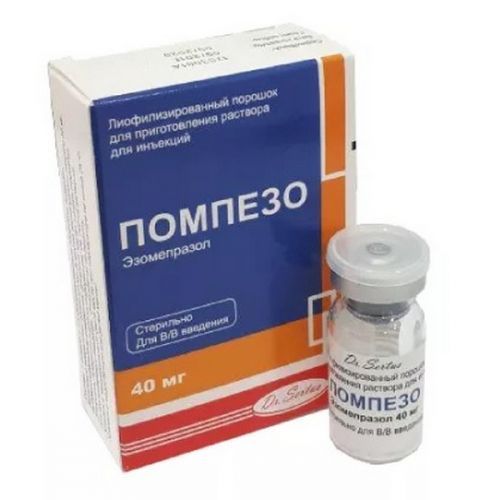
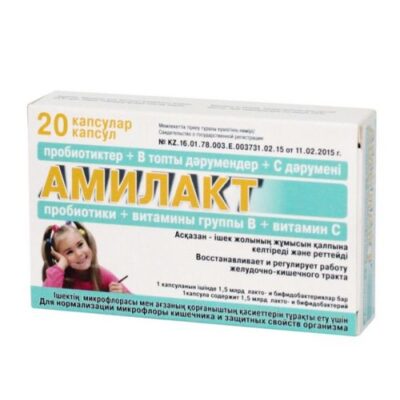
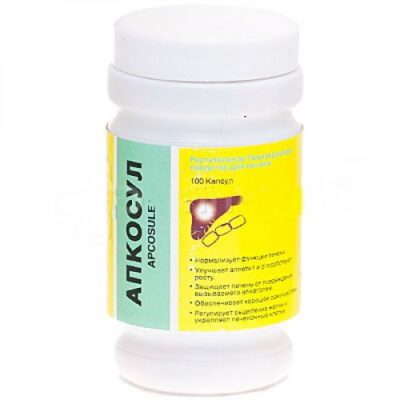
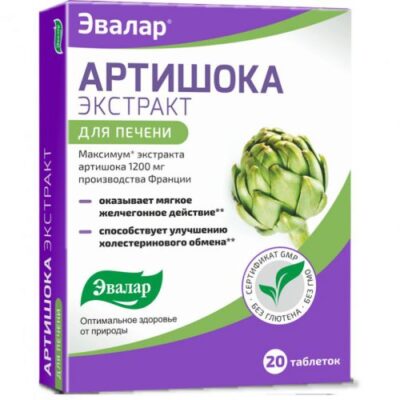
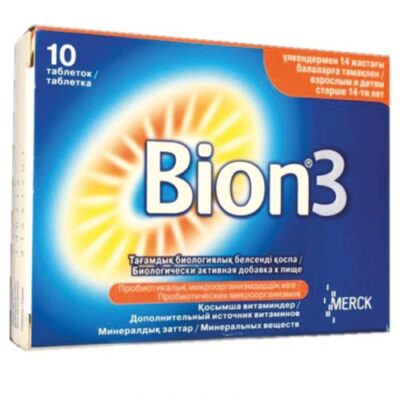
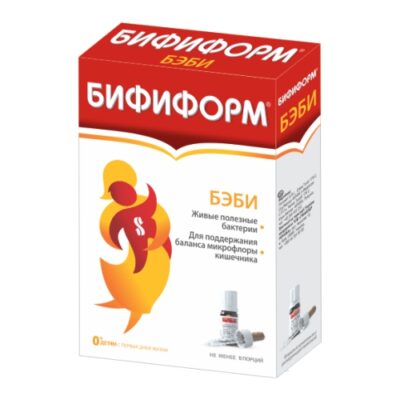
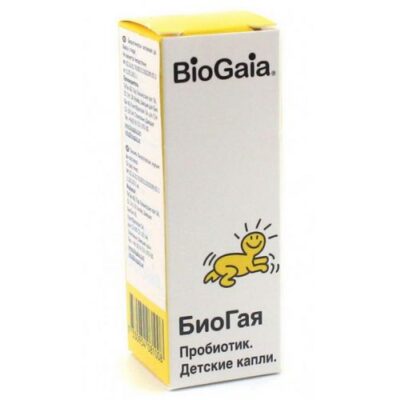

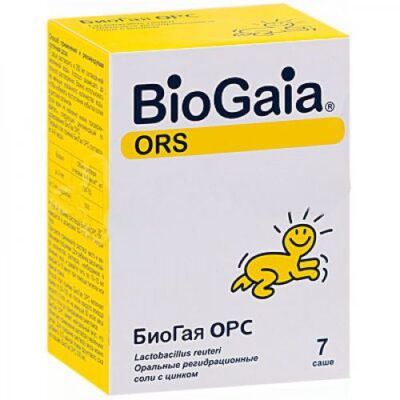
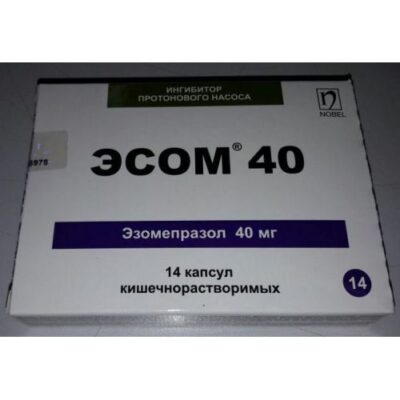
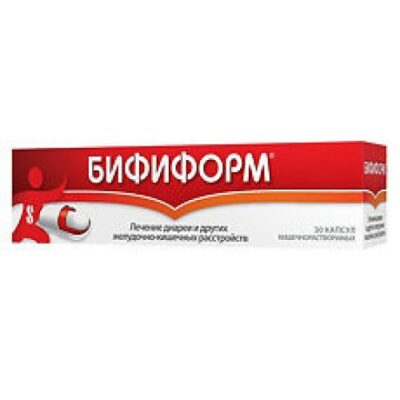






Reviews
There are no reviews yet.